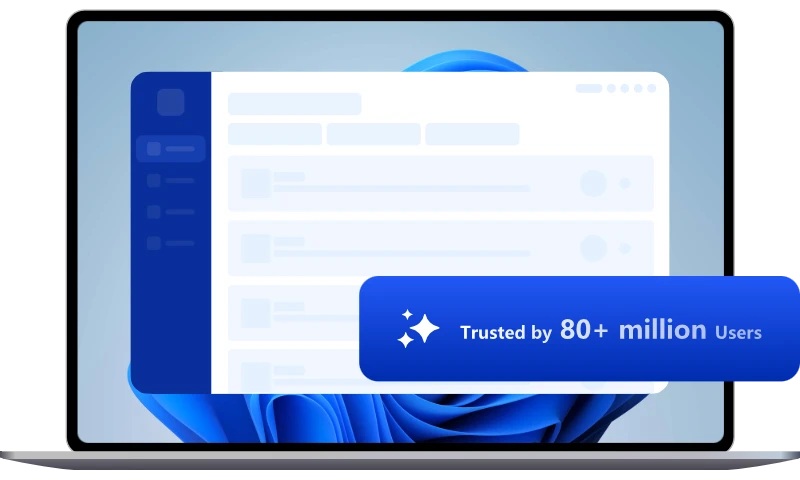Chrome Launches 25.8% Faster on Windows via Occlusion Tracking
Generally, browsers reduce resource usage by lowering the priority of background tabs in minimized windows, but the occlusion feature opts for a different solution.
Google has recently revealed the performance benefits of occlusion, a new Chrome feature that speeds up web page launches by up to 25.8%, on its official blog.
Generally, browsers reduce resource usage by lowering the priority of background tabs in minimized windows, but the occlusion feature opts for a different solution.
Chrome for the Windows 10/11 platform runs faster thanks to new background optimizations. In a joint effort between Google and Microsoft, both have been trying to reduce the priority of background tabs by throttling JavaScript. So far, these efforts have reduced the CPU, GPU, and memory usage of Chromium-based browsers, allowing you to use your browser more actively.
As mentioned above, Google's solution has been limited to background tabs, but has not handled background windows accordingly. Now when Chrome windows are minimized to the taskbar, moved off the screen, etc., those windows are handled like background tabs, which clearly helps improve Chrome's performance.
Based on this assumption, Google started working on a project called "Native Window Occlusion" to reduce the background use of tabs in obscured windows (which are not actively visible to the user).
Google has been working on this project for more than three years, and it addresses compatibility issues with multi-monitor setups, virtual desktops, and more. As part of the optimization project, Google ignores scenarios such as minimized windows (not visible to the user), virtual desktops, etc.
Specifically, occlusion brings significant performance improvements to the browser by way of lowering the priority of background tabs for non-minimized Chrome windows and lowering the priority of tabs that are hidden behind other programs.
In a blog post, Google states, "The occlusion thread tells Windows that it wants to know about various Windows events. The UI thread tells Windows that it The UI thread tells Windows that it wants to know when there are major state changes, e.g., the monitor is powered off, or the user locks the screen".
It is said that occlusion brings substantial performance benefits to Chrome, not only increasing startup speed by 8.5% to 25.8%, but also reducing GPU memory usage by 3.1%. Chrome's renderer also drew 20.4% fewer frames overall, which led to a 4.5% reduction in the number of renderer crashes as well as a 6.7% improvement in content drawing.
Google has been testing the feature for some time and it is now available to everyone on Windows.

